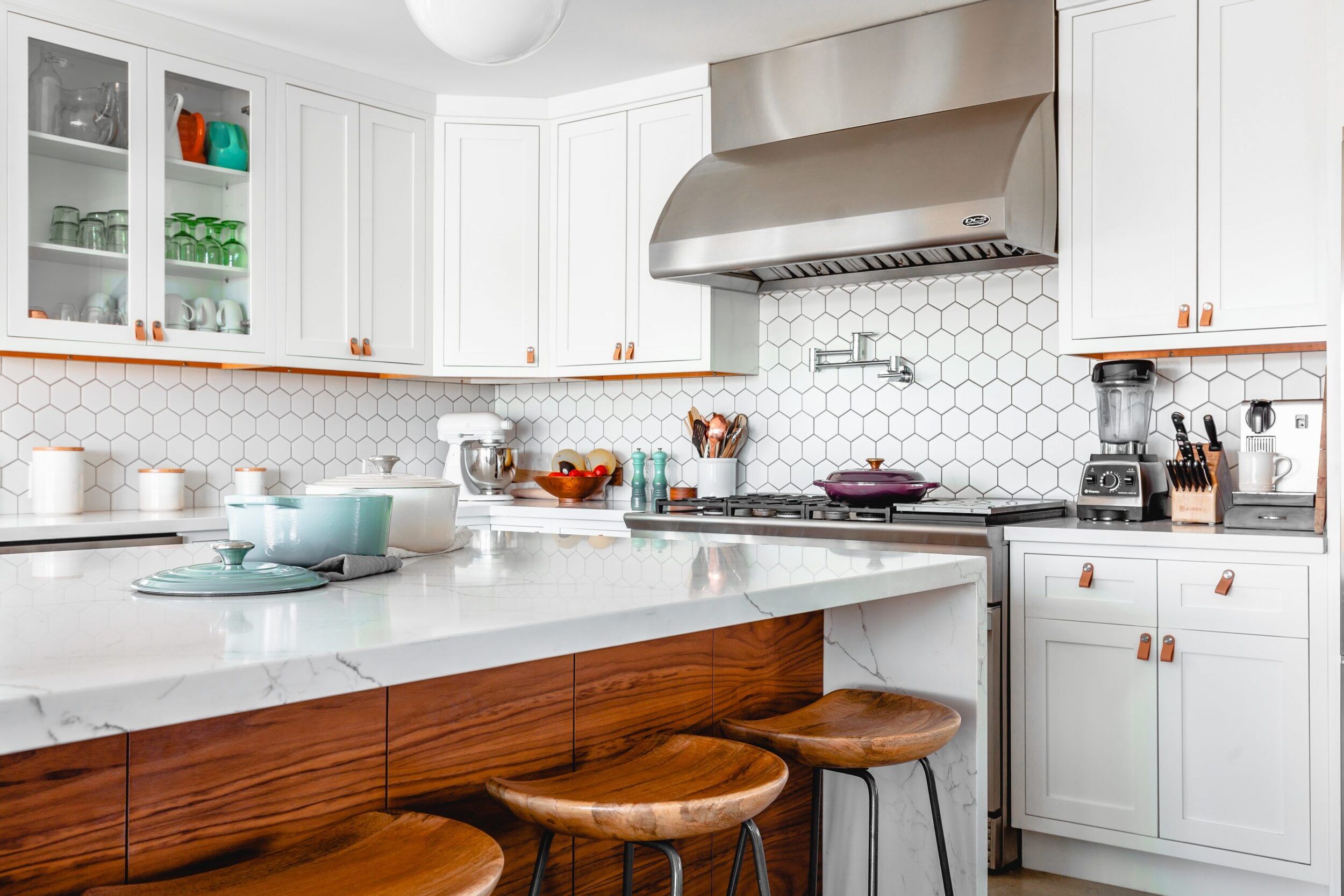When it comes to designing or remodeling a space, tile and grout selection can make or break the look of your project. One of the most common questions homeowners and designers ask is: “Should grout be darker than your tile?” The answer is—it depends! Let’s explore the factors that influence this choice and how to decide what works best for your space.
The Role of Grout in Tile Design
Grout is more than just a functional material that holds tiles together. It plays a key role in the aesthetics of your design. Whether you’re aiming for a bold statement or a subtle, seamless look, the grout color can change the entire vibe of a room. Here’s how grout color choices typically break down:
- Darker Grout: Creates contrast, emphasizes the tile pattern, and hides dirt and stains better.
- Lighter Grout: Blends with the tile for a uniform appearance but requires more maintenance to keep clean.
Let’s dive deeper into these aspects to help you make an informed decision.
When to Choose Darker Grout
Dark grout can make a striking statement and highlight the shapes and layout of your tile. Here are situations where darker grout might be the better choice:
1. You Want to Highlight Tile Patterns
If you’re working with intricate or geometric tiles, darker grout can help emphasize the design. For example, in a herringbone or subway tile layout, the grout lines become part of the pattern, giving the space a more dynamic look.
2. Practicality Matters
Darker grout is a smart choice in high-traffic areas like kitchens, mudrooms, and bathrooms. It’s far more forgiving when it comes to stains, spills, and grime, making it a low-maintenance option for busy households.
3. You Prefer Bold Contrast
Pairing darker grout with lighter tiles creates a dramatic contrast that adds depth and dimension to the space. For example, white subway tiles with black or gray grout have become a classic, timeless look for modern and industrial-style designs.
When to Choose Lighter Grout
Lighter grout creates a cohesive and seamless appearance. It works well in the following situations:
1. You Want a Monochromatic Look
For a clean, minimalist aesthetic, matching the grout color to your tile (or going slightly lighter) can create a seamless and expansive feel. This is especially effective with large-format tiles or natural stone.
2. The Space is Small
In smaller spaces, lighter grout can make the area feel larger and more open. Dark grout lines might make the tile pattern feel too busy, which could overwhelm the space.
3. Your Tiles Are Highly Textured or Varied
If your tiles have a lot of texture, variation, or veining (e.g., marble or wood-look tiles), lighter grout allows the natural beauty of the tile to take center stage.
Factors to Consider When Choosing Grout Color
1. Tile Color and Style
Your tile’s color and style are the first things to consider. For example:
- White tiles with dark grout create contrast.
- Neutral tiles with matching grout offer a timeless look.
2. Room Functionality
Think about the room’s purpose and how much wear and tear it will experience. For example, dark grout is ideal for high-use kitchens, while lighter grout can work in low-traffic spaces.
3. Lighting
The lighting in your room affects how grout and tile colors appear. Natural and artificial lighting can alter the perceived contrast, so test samples in the actual space before making your final decision.
4. Maintenance
Dark grout hides dirt and stains better, while light grout requires frequent cleaning to maintain its appearance. Consider how much effort you’re willing to put into upkeep.
Expert Tips for Grout Selection
- Test Samples: Always test grout and tile combinations together before committing. This helps you see how the colors interact under your specific lighting conditions.
- Consider Sealants: Regardless of grout color, sealing your grout can protect it from stains and discoloration.
- Think Long-Term: Trends come and go, but classic combinations like white tile with gray grout or neutral tones never go out of style.
Final Thoughts
So, should grout be darker than your tile? The choice ultimately depends on the look you’re trying to achieve, the functionality you need, and the style of your space. Darker grout offers contrast and durability, while lighter grout provides subtlety and cohesion.
Take the time to experiment with different combinations to find the perfect balance for your project. With the right choice, your tile and grout can transform your space into something truly stunning!

